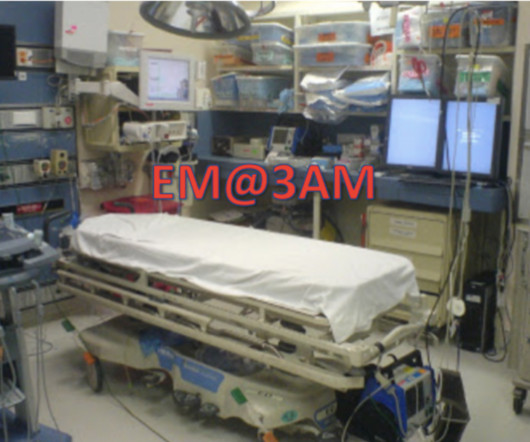Pediatric Status Epilepticus
Pediatric Emergency Playbook
SEPTEMBER 1, 2015
Definition of status epilepticus:Continuous seizure activity of 5 minutes or greater – OR – Recurrent activity without recovery between intervals. This definition includes clinically apparent seizures as well as those seen only on EEG.) During a seizure, GABA receptors in the neuron’s membrane are internalized and destroyed.













Let's personalize your content